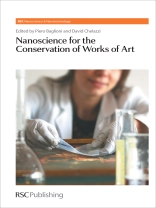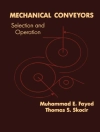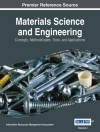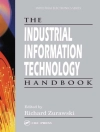Understanding the chemistry behind works of art and heritage materials presents an opportunity to apply scientific techniques to their conservation and restoration. Manipulation of materials at the nanoscale affords greater accuracy and minimal disturbance to the original work, while efficiently combating the affects of time and environment.
This book meets the growing demand for an all-encompassing handbook to instruct on the use of today’s science on mankind’s cultural heritage. The editors have pioneered modern techniques in art conservation over the last four decades, and have brought together expertise from across the globe. Each chapter presents the theoretical background to the topic in question, followed by practical information on its application and relevant case studies.
Introductory chapters present the science behind the physical composition of art materials. Four chapters explore various cleaning techniques now, followed by four chapters describing the application of inorganic nanomaterials. Each chapter is fully referenced to the primary literature and offers suggestions for further reading.
Professional conservators and scientists alike will find this essential reading, as will postgraduate students in the fields of materials and colloid science, art restoration and nanoscience.
Jadual kandungan
Cultural Heritage Artefacts and Conservation: Surfaces and Interfaces;
The Degradation of Works of Art Materials;
Conservation Treatments: Cleaning, Consolidation and Protection;
Cleaning I: Solvents and Solutions;
Cleaning I: Application;
Cleaning II: Surfactants and Micellar Solutions;
Cleaning II: Applications and Case Studies;
Cleaning III: Emulsions and Microemulsions;
Cleaning III: Applications and Case Studies;
Cleaning IV: Gels and Polymeric Dispersions;
Cleaning IV: Applications and Case Studies;
Inorganic Nanomaterials: Synthesis and Properties;
Inorganic Nanomaterials for the Consolidation of Wall Paintings and Stones;
Biomineralization, Geopolymers and Hybrid Nanocomposites;
Inorganic Nanomaterials for the Deacidification of Paper;
Inorganic Nanomaterials for the Deacidifcation of Waterlogged Wood;
Conclusions: Future Horizons and Perspectives for Material Science in Cultural Heritage Conservation;
Subject Index;
Mengenai Pengarang
Piero Baglioni is currently Full Professor of Physical Chemistry and lecturer of Physical Chemistry of Disperse Systems and Interfaces at the Department of Chemistry of the University of Florence. He has been appointed as Visiting Scientist/Professor by several laboratories such as the Department of Chemistry of the University of Houston, the Weizmann Institute, the Collège de France, and M.I.T. He is the Director of the National Consortium for Nanosystems (CSGI) and in the Advisory Board and reviewer of several international journals and International organization (European Science Foundation (ESF), National Science Foundation (NSF)). He is member of the scientific board of several national and international Institutions, industries (Italcementi, FAST, HMI, etc.) and Journals, coordinator of several National and European Union’s projects.
David Chelazzi is a research fellow at the Department of Chemistry of the University of Florence. His research interests and expertise include the consolidation of wall painting, cleaning of artworks, deacification of paper, wood and canvas. Recent work has been concerned with the synthesis and characterisation of nanoparticles for cultural heritage conservation and nanostrcutured cleaning fluids.












